Teaching middle school can be……well, interesting, especially when it comes to enforcing middle school classroom rules. Middle schoolers can be a lot of fun. They’re at the age that you can joke around and also start having some serious conversations.
However, middle schoolers can also be challenging to teach at times. They like to socialize and may not always be so interested in what you’re trying to teach them.
When I made the switch from elementary school to middle school, I had a huge learning curve. A lot of the strategies I used with younger students didn’t work anymore.
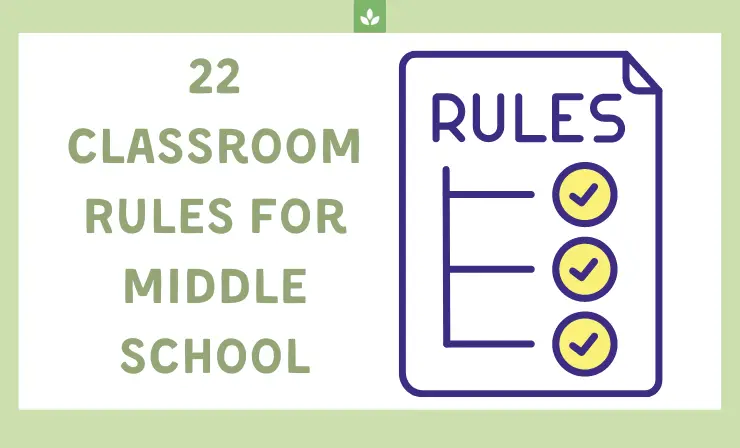
I had to re-vamp my approach to classroom management and re-write my classroom rules to make them work for the pre-teens and young teenagers I was now responsible for.
These 8th Grade @kmsknights not only understood the assignment, they created it! They wanted a fun way to establish and remember their classroom rules and it appears they succeeded! Kenwood Middle School is where The Best choose to be! pic.twitter.com/JQySih9TeM
— Jeremiah Davis (@KMS_Davis) September 10, 2022
Finding the right rules that made a difference took some trial and error. Continue reading, I’d love to share what I learned through research and through working with my students. I’ll share:
- 22 classroom rules for middle school that you can use with your students →
- The best way to teach classroom rules to middle school students →
Otherwise, you can watch the video below. It contains a retelling of the article.
22 Classroom Rules For Middle School
Here is a list of rules that I recommend you use in your middle school classes.
1. Be Prepared to Learn
One of the most important classroom rules for middle schoolers is to be prepared and ready to learn. Middle schoolers are old enough to take more responsibility for their education. It is important to set the expectation that they come to class with what they need to be successful.
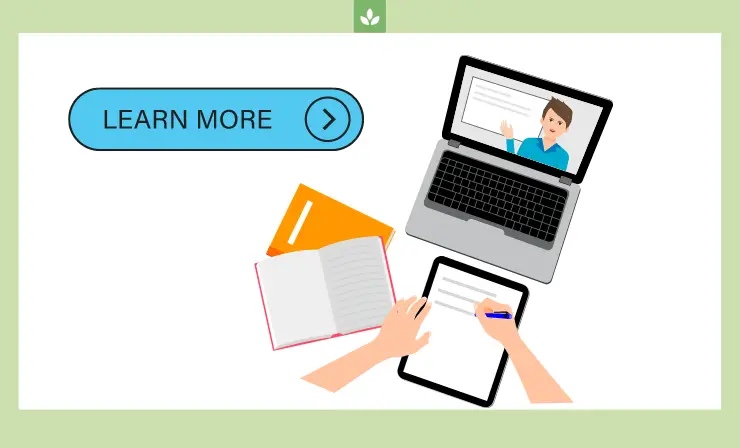
The definition of ‘ready to learn’ may vary based on the subject you teach, but generally means that every student should have all the necessary materials they need with them for each class. They should have completed their homework. They should also have a writing utensil ready to use (and sharpened, in the case of pencils) before class starts.
2. Show Respect For Other Students, The Teacher, and Yourself
Being respectful at all times is another essential classroom rule and expectation for middle schoolers. You can explain that this means taking others’ feelings into consideration before saying or doing something. Students should treat others as they want to be treated.
Respect can further be broken down into some of the more specific rules explained below, such as paying attention to the speaker, waiting your turn to participate, using kind words when speaking to others, and keeping your hands to yourself.
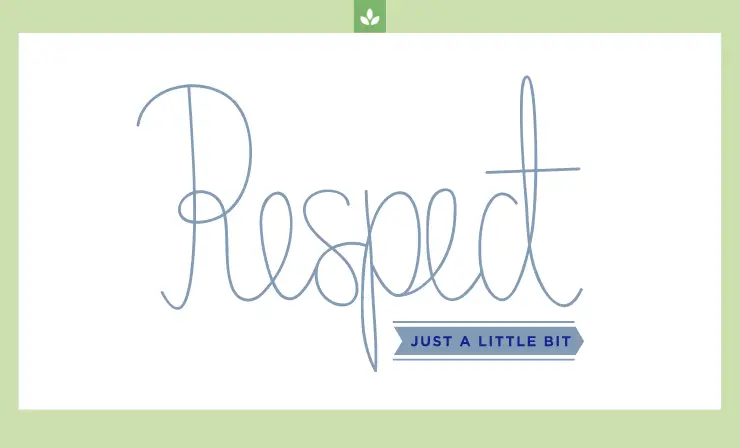
Students should also understand what it means to respect themselves. Showing respect for yourself looks like trying your best, believing that you can be successful, and focusing on your work so you can learn.
3. Show Respect For Your Classroom
In addition to respecting all the people in the classroom, students also need to respect the classroom itself. Respecting the classroom involves working to keep the space clean, keeping their desks free of scribbles or graffiti, and using classroom materials the correct way so as not to waste or destroy them.
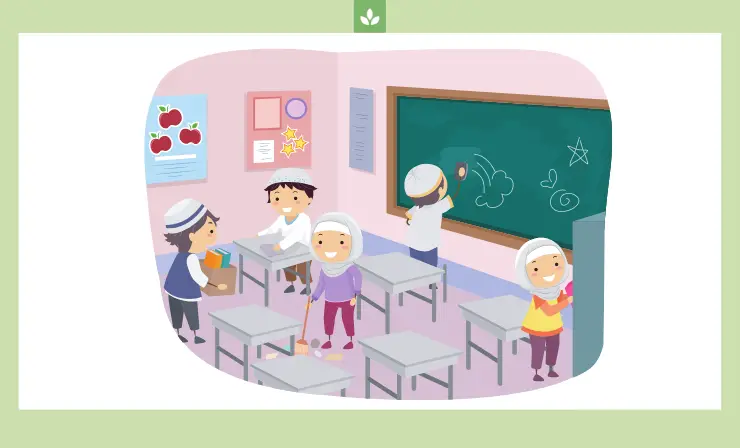
4. Pay Attention and Participate
Paying attention is essential if you want your students to learn. Likewise, they should also be expected to participate in the class discussions and activities, as this can also help them solidify their learning.
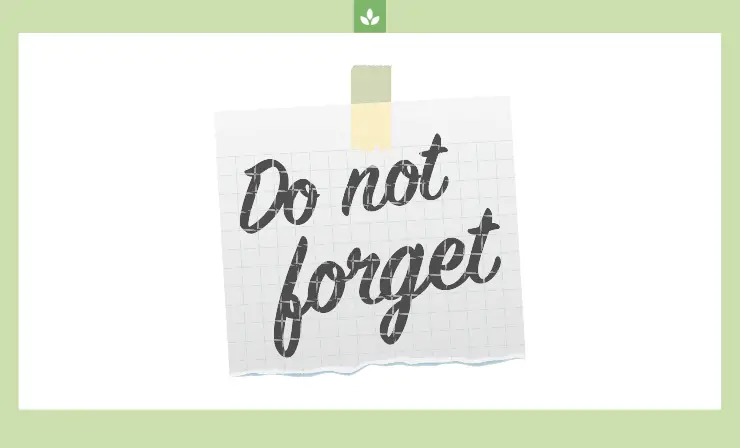
When explaining this rule to students, discuss what it means to pay attention. Some examples include looking at the person talking, keeping any distractions in your backpack, taking notes, and thinking about and making connections to prior learning.
5. Actively Listen to The Person Speaking
Actively listening to the speaker is another middle school classroom rule you may want to add. This one is related to paying attention, but takes it just a step farther. Rather than just looking at the person speaking, students should be thinking about what they are saying.
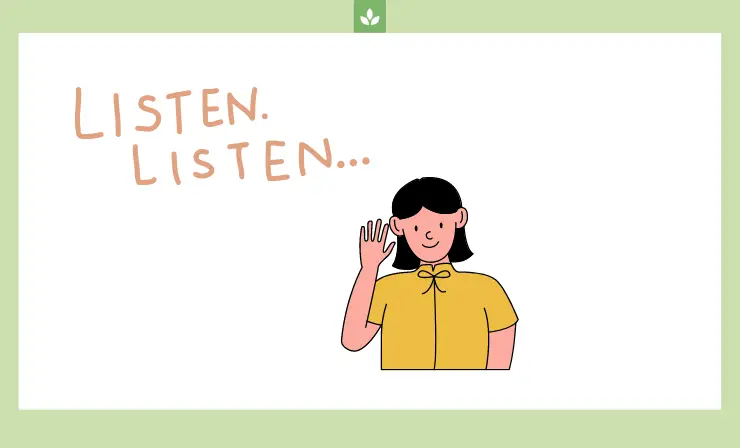
Active listening is more than simply ‘hearing’ what someone else says. It is really understanding it, thinking deeply about it, and generating questions you could ask to further your understanding of what they are saying.
6. Raise Your Hand and Wait to Speak
Middle schoolers have a lot to say. And, while it is good to have them participating in your lessons, it can become overwhelming and difficult for everyone to stay focused if students are simply calling out their answers whenever they want.
For this reason, setting the expectation that students raise their hand and wait to be called on is another middle school classroom rule you may want to try.

When students raise their hand and wait to be called on, not only is the classroom more chaotic, but you as the teacher can try to make sure that all students get an opportunity to share, not only those who are the loudest.
7. Come to Class Ready to Learn
Coming to class ready to learn is more than simply having all the required materials. While it is certainly important to have your homework, textbook, computer, a writing utensil, and any other necessary materials, truly being ready to learn is more of a mindset.
When explaining this classroom rule to students, discuss how when you’re ready to learn, your mind is available to focus on instruction. Help them learn to leave their worries and concerns at the door so that they can focus on what they are learning.
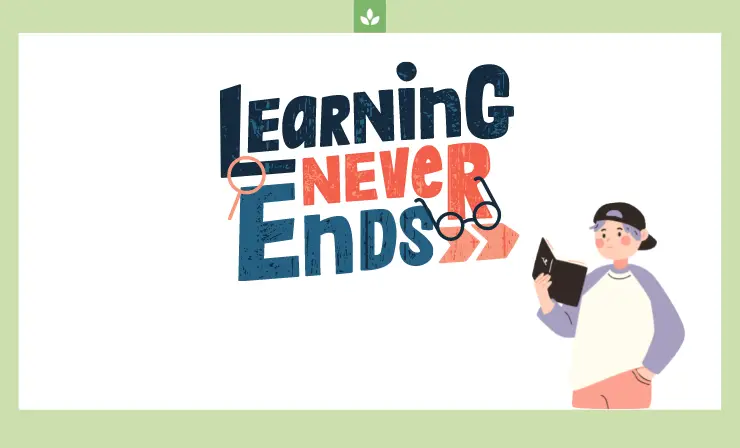
You could also start each class with a mindfulness exercise to help students breathe and let go of other concerns so they’re focused and ready to start. Additionally, leaving a classroom communication bin where students can write any concerns they have (related or unrelated to learning) to share with you may help you know if something is on your students’ minds that needs to be addressed.
8. Arrive on Time
In many cases, middle school may be a student’s first experience with switching classes for different subjects. Many are used to being in the same classroom for most of the day.
This can be a big adjustment for students, and it may take them a little bit of time to feel comfortable navigating their way around the building and making it from one class to the next.
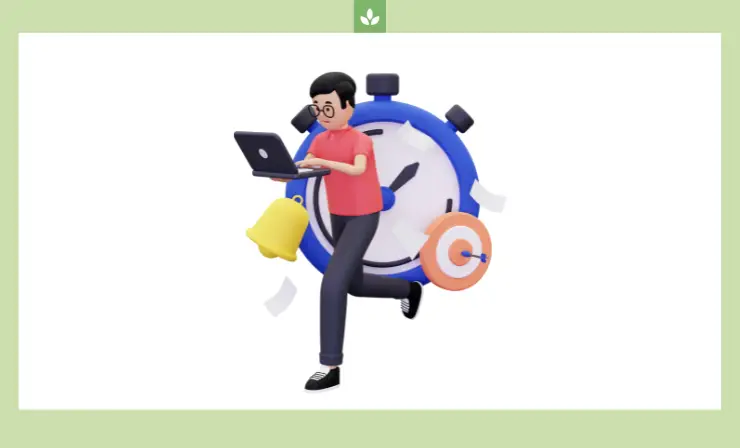
Still, the expectation needs to be that students will arrive to class on time. After the initial transition period, there is no reason students should be in the classroom before the bell rings (or the designated time).
Hold a discussion with students about moving quickly between classes, taking quick restroom breaks when needed, and making sure they get where they’re supposed to be on time.
9. Use Kind and Appropriate Language
The expectation should also be that students will use appropriate language in the classroom. This means no swearing or cursing. You could help students understand this by reminding them that they shouldn’t say anything they wouldn’t want to say in front of their grandmother, grandfather, or another adult in their family.
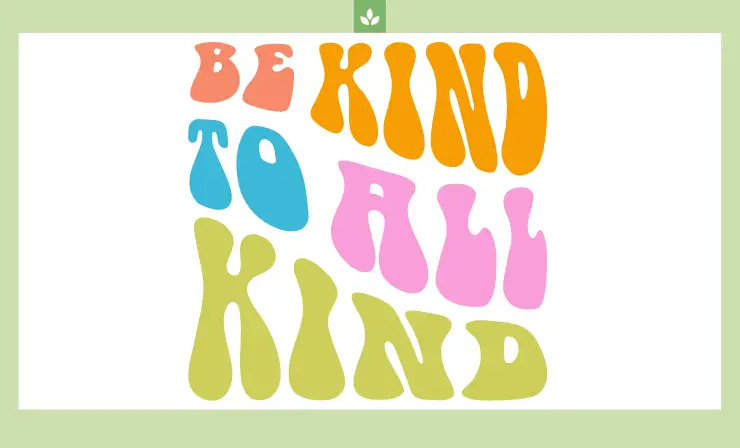
In addition to watching their language, students should also work to make sure that the words they say are kind. Unkind words or teasing should never be tolerated.
Words can hurt students, and middle school is such an important and impressionable time in a student’s life. Work with the students in your class to discuss how unkind words can hurt and can have such a negative impact on a student’s feelings of self-worth.
10. Keep Your Hands to Yourself
Make sure students understand that no hitting or other similar behaviors will be tolerated. Hands should be kept off of other students in the classroom, even if you’re just playing around. Roughhousing can lead to accidental injuries and just doesn’t belong in a middle school classroom.
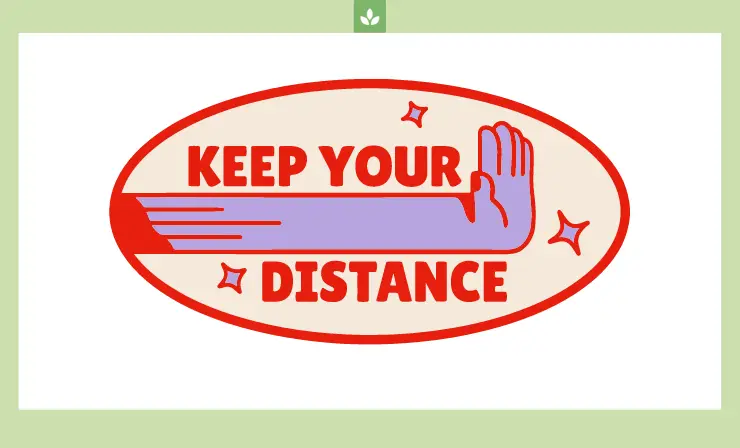
11. No Cheating or Plagiarizing
Teaching middle school is a different world from working with younger students. With 1st graders, for example, you may just be introducing chapter books. Learn more about the best chapter books for 1st graders in this article.
However, in middle school, students are working on writing longer essays about the chapter books they have read. This is the time to really stress the importance of always turning in your own work. Discuss what plagiarism is and why it is important not to copy the works of others.
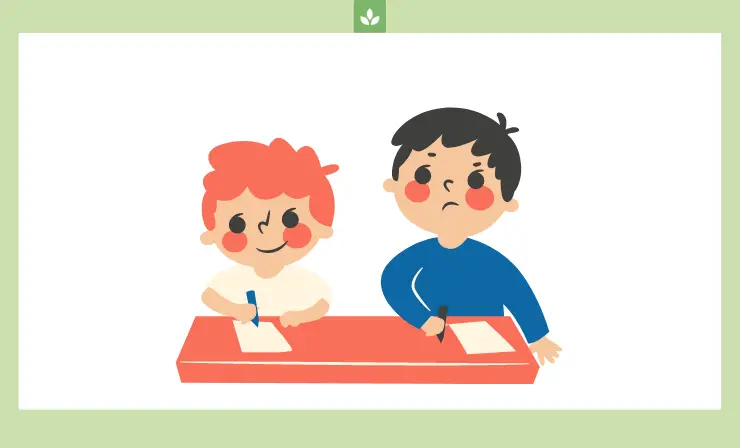
Likewise, when taking a test, help students understand the importance of keeping their eyes on their own paper and demonstrating what they know and understand—not what a friend knows and understands.
12. Respect Alternative Viewpoints
Middle schoolers can be opinionated. Help students realize that it is OK to have their own opinions in the classroom and to disagree with what others think.
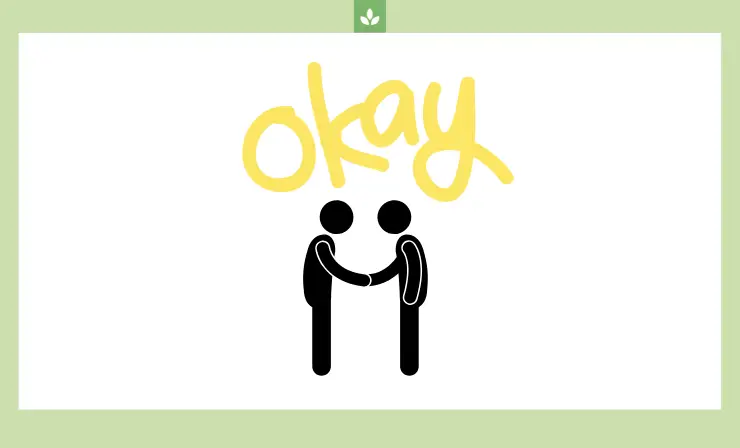
However, also stress that respectfully disagreeing is important. A respectful debate about an issue is fine, but shaming, belittling, or showing intolerance for another student’s opinion should not be tolerated.
Work with your students to create a respectful environment where students feel that their opinions matter. This will make students more likely to take risks and share their viewpoints on a topic.
13. Complete and Turn in Your Work on Time
Middle school is also the time to help students start to develop positive habits that will stick with them throughout the rest of their educational career and into the field they choose upon graduation. Completing work and turning it in on time is another important rule to share with your students.
Middle schoolers are now juggling more assignments from multiple teachers. They may need a little assistance prioritizing assignments and coming up with a schedule to get things done, but the expectation should always be for work to be turned in on time.
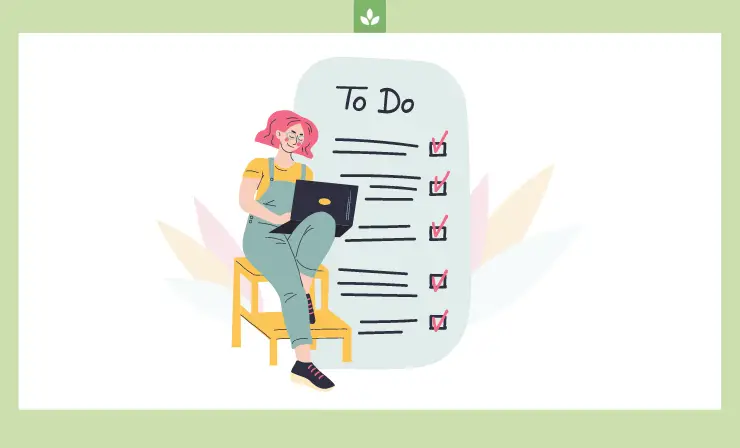
If you think your students need some assistance managing their assignments, you can offer to sit down with them to plot out due dates and a study/work timeline.
14. Ask for Permission to Leave the Classroom
Once students reach middle school, they’re feeling older, more independent, and freer. Some students may try to take advantage of their new-found freedom and simply walk out of the classroom when they need to use the restroom or get a drink of water.
While it is important to make sure students get bathroom or water breaks when needed, students should still be required to ask for permission before leaving the room. You don’t want them to abuse their privileges or leave at an inopportune time when they’ll miss an important direction.
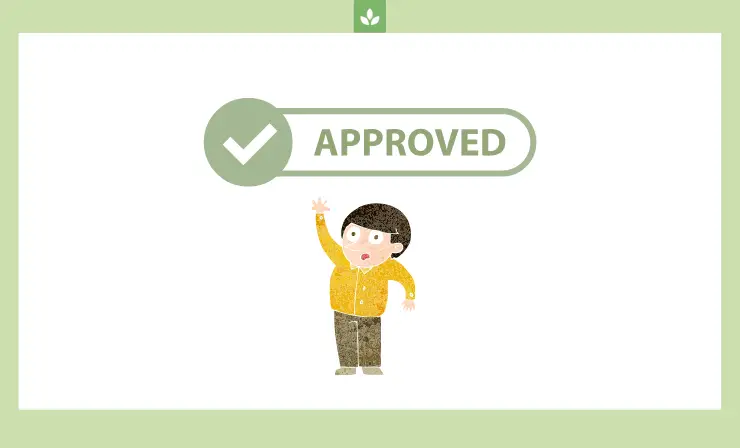
If you’d like to minimize students distracting others in the room to ask to use the bathroom or get a drink, consider coming up with hand signs that your students can show you to ask to leave the room and take care of their needs.
15. Leave Cell Phones and Other Electronic Devices Off
Unless students need their electronic devices for class, they should be left off at all times during the day. Your school may have a more specific cell phone policy that states that cell phones should remain off and in the backpack all day.
Middle schoolers are too easily distracted by their phones. Between playing online games, scrolling through social media, or texting with friends, letting students have unlimited or unmonitored access to their phone can lead to students being very distracted.
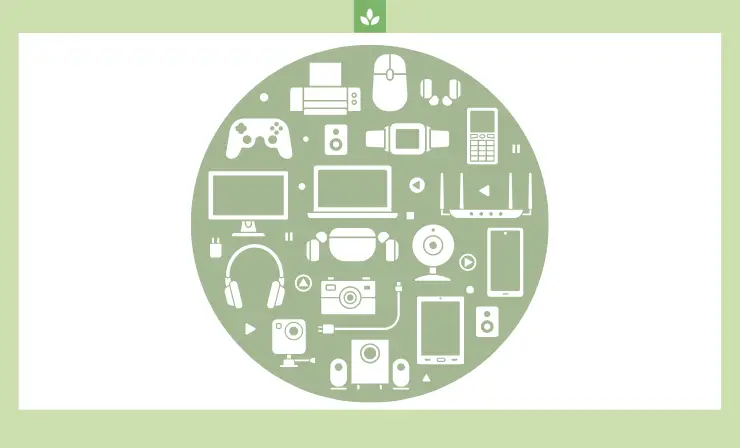
When you set the expectation that phones are away and out of sight during class, students will be less likely to try to sneak a quick peek. Some teachers even make a cell phone box where students must place their phone at the beginning of class and then grab it once class is over.
16. Use Equipment Safely
Teaching students how to use equipment and tools safely is also important. Depending on the subject you teach, you may not have any special equipment. However, some teachers, particularly in science labs, have a lot of equipment that students must know how to use.
If not used correctly, the equipment could break or even cause injury to a student. Start by setting the expectation that all of the classroom equipment is to be used for learning only; the tools are not toys to be played with.
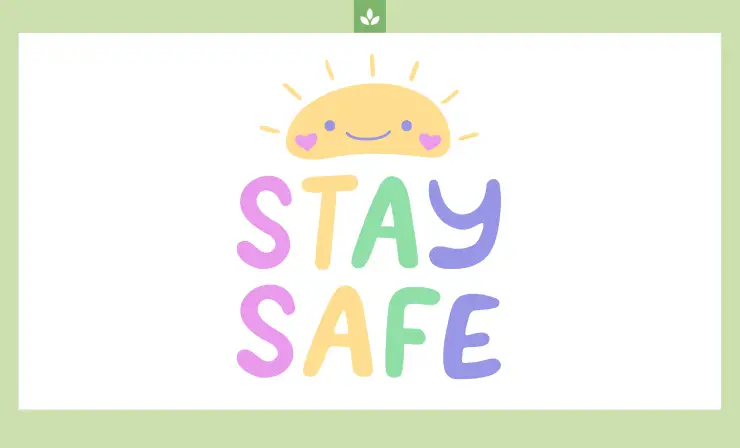
Then, as you introduce new pieces of equipment to the students, explicitly model and explain the correct ways to use them. Closely monitor students to see if they are following the correct procedures.
17. No Food or Drinks in the Classroom
Aside from water, reminding students not to bring food or drinks into the classroom is probably a good idea. Eating and snacking can distract other students who are trying to work. Additionally, you may have some students in your classroom with food allergies, and you don’t want them to feel threatened or concerned if someone else in the room is eating a food that could cause a reaction.
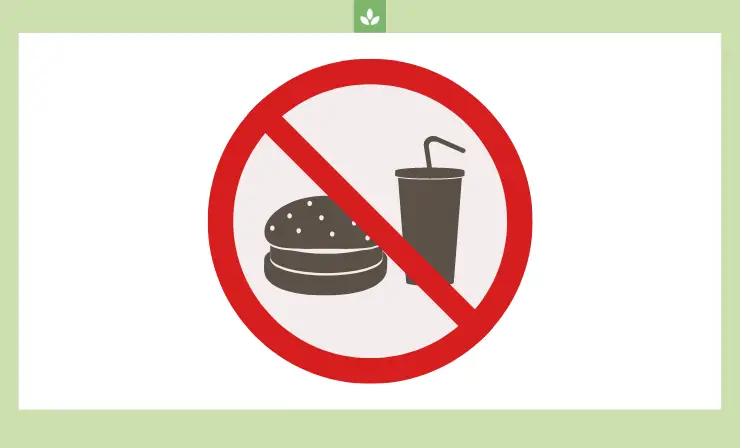
If you want to schedule any class parties or special events where students will be allowed to eat, just check for allergies before purchasing any foods or allowing students to bring in anything for themselves or others in the room.
18. No Name Calling
Name calling and other forms of teasing should not be tolerated. Explain to students that this rule falls under the larger umbrella of showing respect to the others in the class. Kind words should be used at all times.
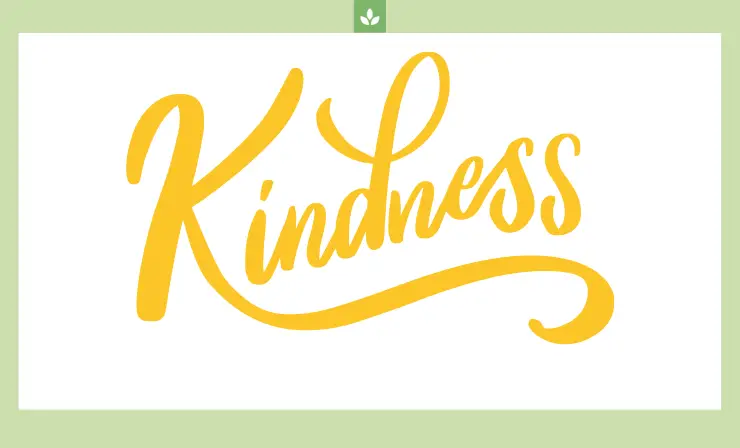
If students disagree with what another student says, they can still show their disagreement without calling them names or being unkind.
19. Use an Inside Voice
Middle schoolers are loud. A classroom full of middle schoolers can get extremely loud if everyone isn’t using their inside voices. Remind students that everyone is close enough in the classroom that no one should need to yell, especially is just one person is talking at a time.
Practice using inside voices so students can see how they are different from a louder voice that they would need to use outside. You may also consider having a classroom noise level chart indicating how loud students can be at a particular time.
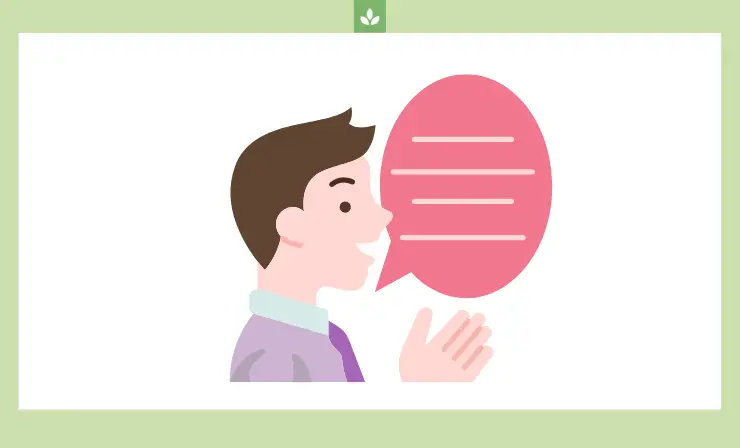
For example, when students are working with the people at their table, they should be using a whisper voice. When students are sharing something with the entire class, their voice can be a bit louder at a presentation level, and if students are supposed to be working independently or taking a test, they shouldn’t be talking at all.
20. Try to Help Yourself Before Asking Someone Else
Some middle schoolers may be quick to say that they don’t understand the directions or that they need help completing an assignment. While asking for help can be a good thing, students should make sure they’ve tried to understand the assignment before asking the teacher or a classmate for help.

Discuss reading (and re-reading the directions), looking at any examples on the page, and reading each problem to see if you’re able to figure out what to do before jumping to the conclusion that you need help. This can also be a good time to stress the importance of paying attention when the directions for an assignment are shared.
21. Always Try Your Best
A positive classroom rule to have in place is to always try your best. Help your students see that you believe in them and want them to show how much they know. You won’t be able to see how far students have come if they don’t try their best.
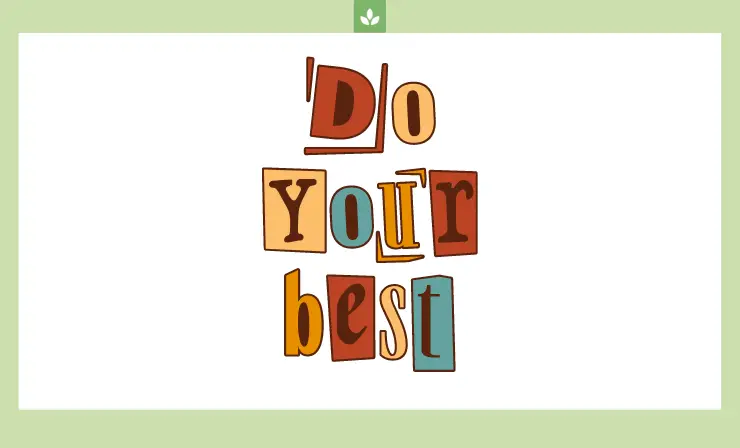
22. Have Fun!
Finally, tell your students that you want them to have fun learning. Learning should be an enjoyable experience. Even though difference concepts can be challenging, talk with students about how knowledge is power.
Also talk about ways you can make learning fun for all in the classroom. Can you develop special silent cheers when a classmate solves a problem correctly? Plan class parties when a huge goal is reached?
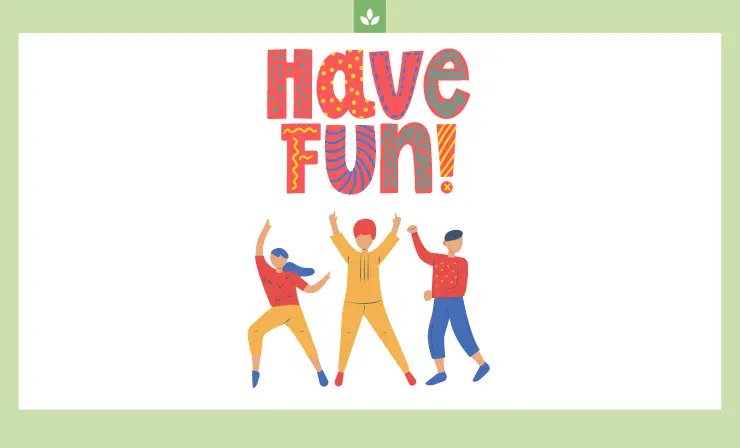
Your students can help you develop some ideas that can make the entire learning process more fun and enjoyable for everyone.
Looking for more inspiration for choosing the best classroom rules for your students? The teacher in this video highlights 20 different classroom rules and procedures that he feels are essential in every classroom. Take a few minutes to watch it and gain some inspiration for making your own list of classroom rules for middle school.
Do you feel ready to decide which rules you’d like to introduce to your students?
How Should Classroom Rules be Taught?
Now that you have some ideas regarding what your middle school classroom rules should be, the next step is learning how to teach these rules to your students. Having a solid set of rules is important, but if you don’t teach them to your students properly, it is less likely that they will be followed.
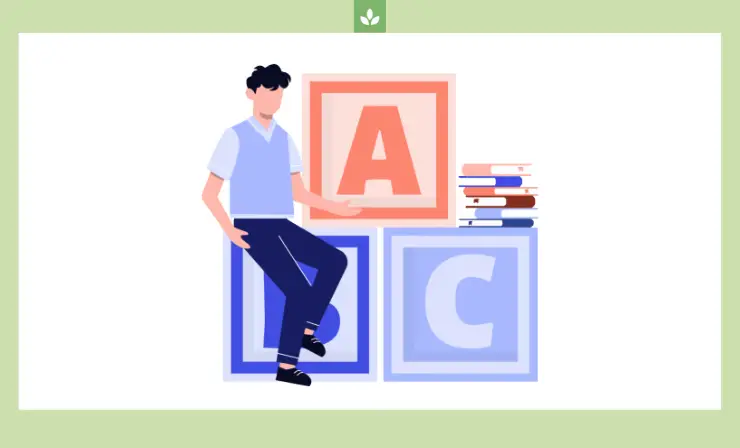
- First, try involving students in the process of creating classroom rules and norms. Even if you have the final list of rules that you want for your room, getting students involved and helping lead them to creating these rules with you can be quite powerful.
- When students are involved in making the rules, they will be more vested in following them. Students will feel like you care about them and that they truly have a voice in their own learning. This can help you with classroom management and help minimize behavior problems.
- When creating a list of classroom rules, brainstorm ideas together on the interactive whiteboard. This way, everyone can see all the different thoughts of their classmates.
- After you’ve brainstormed a list of ideas, work together to group similar rules together and narrow down the list. Then, type up the rules and prominently display them in your classroom. You can also give students a set of rules to keep in their notebook.
- After developing the rules together, I like to have my students practice showing examples and non-examples of what following a particular rule looks like. For example, with the no cell phones in class rule, you can choose two students to act out the rule. One would show paying attention and not having their phone out, and one could show taking a phone out and being distracted by it rather than paying attention to the lesson.
- After each student acts out the example/non-example of the rule, discuss together why the rule is important. You could even use a camera to record the students showing the example or non-example of the rule to revisit them later in the year if reminders are needed.
It is also very important to remind students of the classroom rules.
Reviewing classroom rules and procedures pic.twitter.com/Kzxw5XiIsD
— Cammie Anderson (@SMS_Anderson) August 9, 2022
You may also find this video on how to handle out of control middle school students helpful.
I found some of the tips and suggestions he offered to be very helpful and can’t wait to try them in my classroom. What do you think of his ideas?
Useful Resources
- 10 Super Fun Classroom Games For Middle School Students
- Advice for New Middle School Teachers From Four Veterans
- Tips on How to Survive Middle School
Closing Words
If you teach middle school, you know all too well how challenging middle schoolers can be. However, you probably also know that most of your students are really great kids who just need the right supports and guidance to help them succeed. I hope you’ve found my suggestions for classroom rules for middle school to be helpful.
Which rules are you ready to implement and discuss with your students right away? Remember, after you develop your list of classroom rules, be sure to share it with your students. You can even have each student sign the rule list to show that they’re in agreement with them.
- Overview of 22 Low-Code Agencies for MVP, Web, or Mobile App Development - October 23, 2024
- Tips to Inspire Your Young Child to Pursue a Career in Nursing - July 24, 2024
- How Parents Can Advocate for Their Children’s Journey into Forensic Nursing - July 24, 2024




Thank you a lot for sharing these ideas! I’ll definitely try them for my classes.
My pleasure!
Thank you for sharing. I’m new to teaching middle schooler’s and it’s a real eye opener. Your experience and rules have helped guided me and my classroom.
Thanks!?